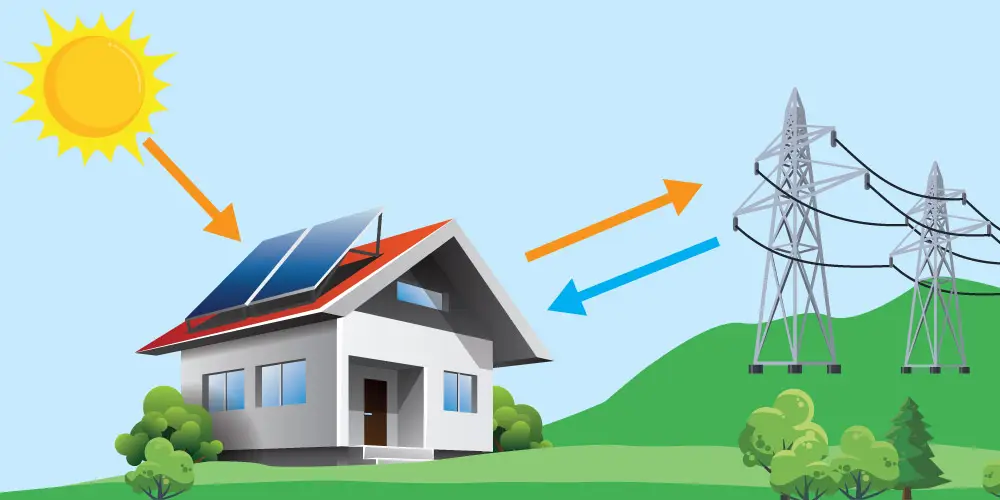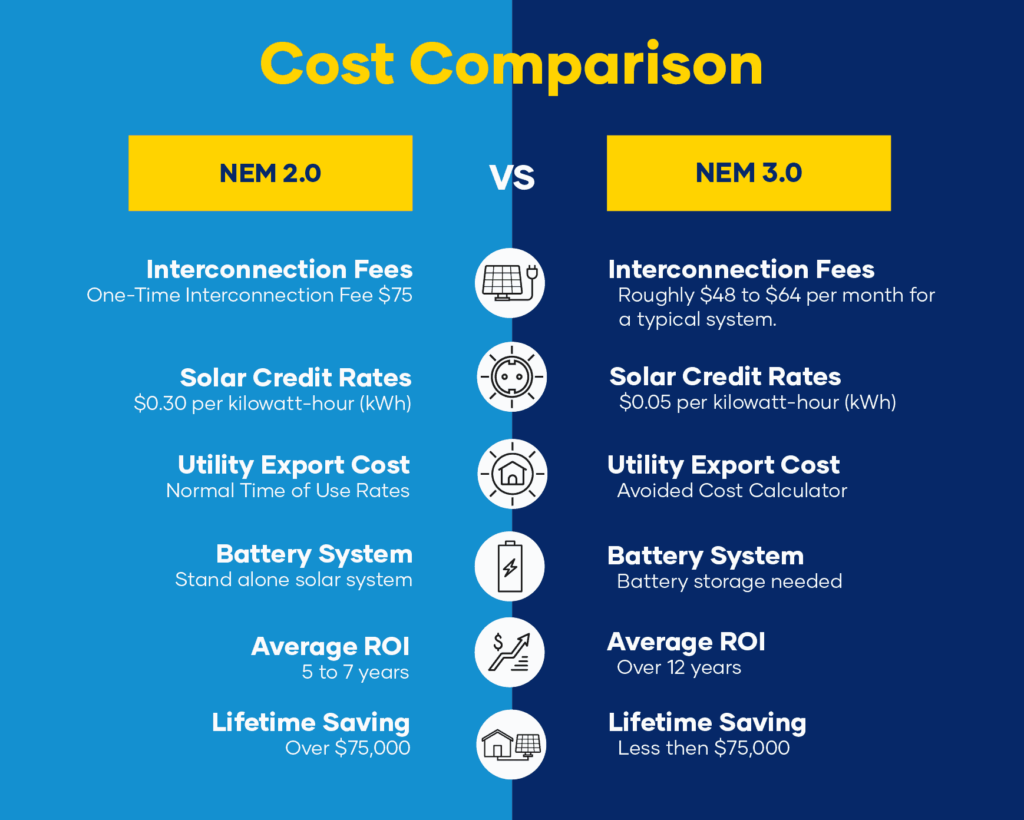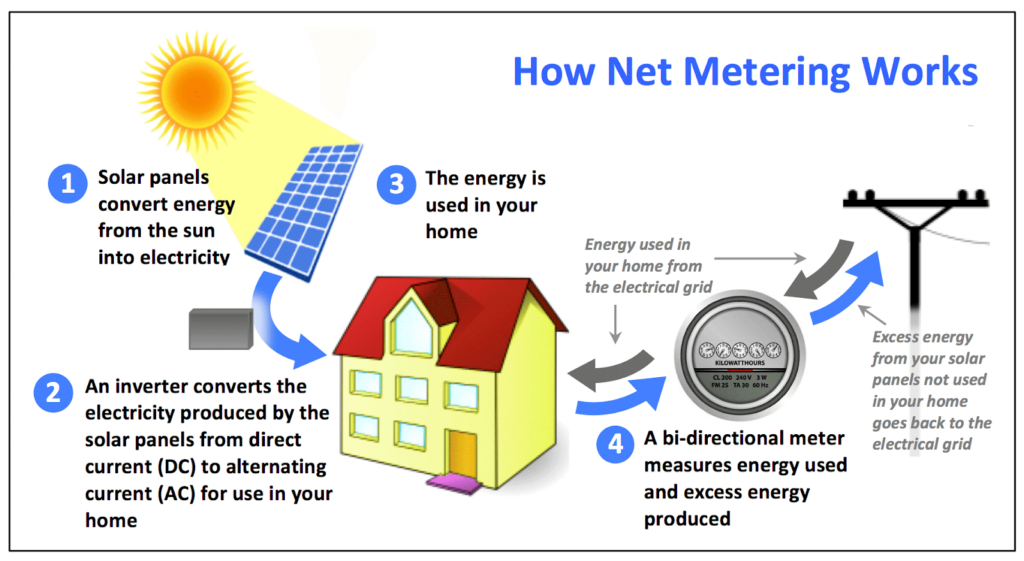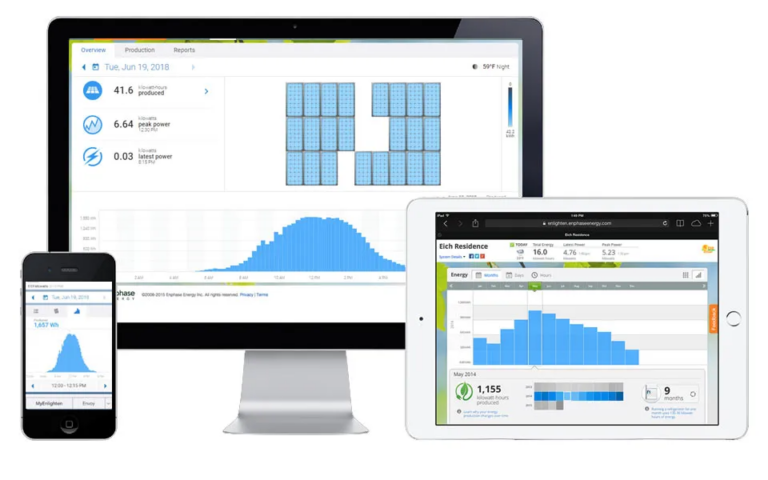NEM 3.0 Changes: Higher Costs & Less Compensation For Solar

California has recently introduced Net Energy Metering 3.0 (NEM 3.0) rules set to impact rooftop solar users. The new regulations, which come into effect in mid-April 2023, will result in higher costs and lower compensation for excess solar energy shared with the grid.
Under NEM 3.0, solar users will receive only $0.05 per kilowatt-hour for their extra energy, a substantial drop from the previous rate of $0.30 per kilowatt-hour, and will also face higher evening electricity rates.
Existing solar users who increase their system size by 10% or 1 kW will be required to comply with NEM 3.0 regulations, while NEM1 and NEM2 users will remain unaffected until their lock-in period expires unless they add more panels.
These changes are expected to extend the payback period for solar panels from six to over 10 years, making rooftop solar less financially viable for many Californians.
This article will explore the timeline and implementation of NEM 3.0, the impact on existing solar users, and ways to avoid NEM 3.0 regulations.

NEM 3.0 Timeline and Implementation
The timeline and implementation of NEM 3.0, which will result in higher costs and lower compensation for rooftop solar users in California, is set to begin in mid-April 2023. This new policy marks a significant shift in the future of the rooftop solar industry.
Under NEM 3.0, compensation for extra solar energy shared with the grid will reduce from $.30/kWh to around $.05/kWh. Additionally, rooftop solar users will now have higher evening electricity rates, which will extend the payback period from 6 to over 10 years.
The NEM 3.0 cost analysis reveals that existing solar users who increase their system size by 10% or 1kW will be forced onto NEM 3.0, while NEM1 and NEM2 solar users will not be affected until their lock-in period expires unless they add more panels.
To avoid NEM 3.0, Pacific Gas and Electric (PG&E) customers need to permanently disconnect their existing system from the grid and cancel it with PG&E. For San Diego Gas and Electric (SDG&E) customers, pictures proving the old system was removed must be submitted before the new system can turn on, and the only way for Southern California Edison (SCE) customers to avoid NEM 3.0 is to completely remove the current solar system and replace it with a new one.
These changes will have a significant impact on the future of the rooftop solar industry in California, and it remains to be seen how consumers and solar companies will respond.

Impact on Existing Solar Users
Existing users of solar systems will face longer payback periods and higher evening electricity rates due to modifications in California’s rooftop solar regulations. Under the new NEM 3.0 rules, solar users will receive less compensation for the excess electricity they share with the grid, which is expected to reduce from $.30/kWh to approximately $.05/kWh. This reduction in compensation will have a significant impact on the savings of existing solar users.
Additionally, the higher evening electricity rates will increase electricity bills, further impacting the savings of solar users. The changes will also affect the long-term sustainability of solar systems. With longer payback periods, users may be less inclined to invest in solar systems, leading to a decrease in the installation of such systems.
Furthermore, the shorter lock-in period of NEM 3.0 could decrease the number of solar users, as the shorter period may be less attractive to potential buyers of homes with solar systems. Overall, the impact of NEM 3.0 on existing solar users is significant and requires careful consideration of the long-term costs and benefits of solar systems.
Ways to Avoid NEM 3.0
One possible approach to circumvent the modifications in California’s rooftop solar regulations is to permanently disconnect the solar system from the grid and cancel it with the utility company. By doing so, solar users can avoid being subject to NEM 3.0’s higher costs and lower compensation for solar energy shared with the grid. This approach, commonly referred to as ‘moving off-grid,’ may be a viable option for some users who are able to generate enough solar energy to meet their electricity needs without relying on the grid.
Another alternative for existing solar users is to add battery storage solutions to their solar systems. This can allow solar users to store excess solar energy generated during the day and use it during high-demand periods when electricity rates are typically higher. By reducing reliance on the grid during peak hours, solar users can potentially avoid the higher evening electricity rates that come with NEM 3.0.
While adding battery storage solutions may require an additional upfront investment, it may provide long-term cost savings and help solar users avoid the negative impacts of NEM 3.0.
Final Thoughts
Starting in mid-April 2023, California’s rooftop solar users will face higher costs and lower compensation for their excess solar energy under the state’s new Net Energy Metering 3.0 (NEM 3.0) rules.
NEM 3.0 solar users will receive only around $0.05 per kilowatt-hour for their extra energy shared with the grid, a significant drop from the previous $0.30 per kilowatt-hour. Additionally, NEM 3.0 users will experience higher evening electricity rates, which will extend the payback period for their solar panels from six to over 10 years.
Existing solar users who increase their system size by 10% or 1 kW will be forced onto NEM 3.0, while NEM 1.0 and NEM 2.0 users will be unaffected until their lock-in period expires unless they add more panels.
These changes are expected to have a significant impact on the solar industry and its consumers. While the new rules aim to balance the grid and reduce costs, they can adversely affect investment returns for solar panel owners. However, as technology advances and costs continue to decline, solar energy may remain a viable option for homeowners looking to reduce their carbon footprint and energy bills.
In summary, California’s new NEM 3.0 rules will lead to higher costs and lower compensation for rooftop solar users, which may discourage some from investing in solar energy. The changes will affect existing solar users who upgrade their system size, and the payback period for solar panels is expected to increase.
Despite the challenges, solar energy remains a promising option to reduce reliance on fossil fuels and mitigate climate change. As the industry adapts to the new rules and technological advances, it will be interesting to see how the solar market evolves in California and beyond.






